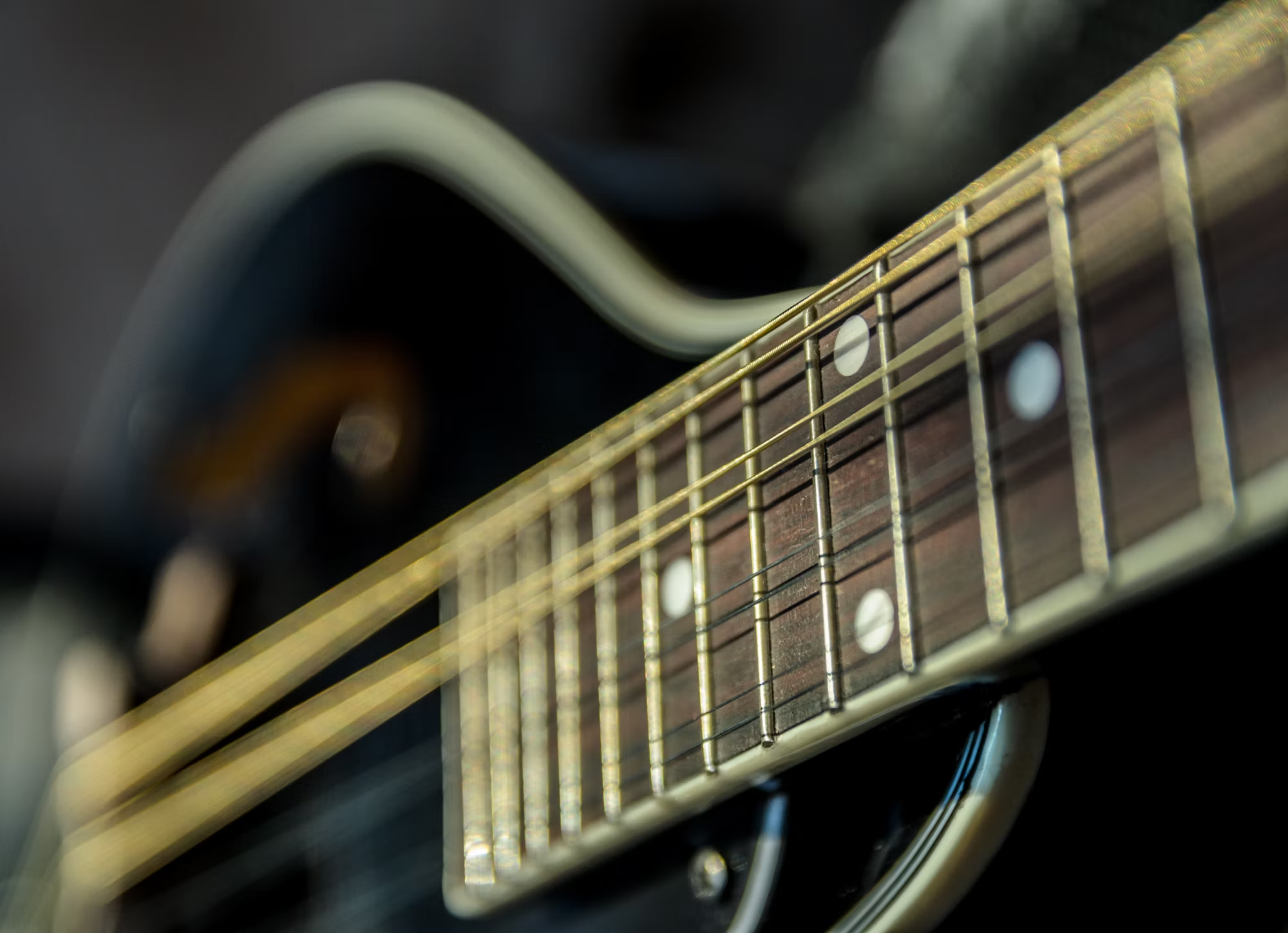Guitar music is more than just sound; it is a reflection of culture, history, and human emotion. From the dusty streets of rural Spain to the vibrant urban landscapes of America, the guitar has evolved into a universal instrument that transcends geographical and cultural boundaries. This article examines the global influence of guitar music, tracing its journey through various styles and highlighting the artists who have played a pivotal role in its evolution. The history of guitar music begins with the instrument’s ancestors, such as the lute and the oud, which laid the foundation for what we recognize as the modern guitar. These early stringed instruments were integral to the music of ancient civilizations, serving as both accompaniment and solo instruments. As the guitar took shape in the 16th century, it began to be embraced by composers and musicians across Europe. The classical guitar emerged as a prominent genre during the 18th and 19th centuries, with composers like Fernando Sor and Francisco Tárrega creating intricate works that showcased the guitar’s expressive capabilities. Classical guitarists developed techniques that emphasized fingerstyle playing, allowing for a rich melodic and harmonic texture that captivated audiences. This tradition of classical guitar continues to influence modern players and composers, bridging the past with the present. As we transitioned into the 20th century, the acoustic guitar found its voice in the folk music revival. Artists like Woody Guthrie and Joan Baez used the guitar as a tool for social commentary and storytelling, connecting deeply with their audiences through their lyrics and melodies. The acoustic guitar became synonymous with the spirit of the times, representing freedom and expression during significant social movements. This period marked a turning point, highlighting the guitar’s role not only as a musical instrument but as a medium for cultural expression and change. The invention of the electric guitar in the 1930s revolutionized the music landscape, ushering in a new era of sound. Pioneers like Chuck Berry and Les Paul pushed the boundaries of what was possible, transforming the guitar into a powerful voice in rock ‘n’ roll. The electric guitar’s capacity for distortion and sustain allowed artists to create dynamic riffs and solos that defined a generation. The 1960s and 1970s saw the rise of iconic rock bands like The Beatles and Led Zeppelin, who showcased the electric guitar’s versatility in various musical contexts. Meanwhile, the blues continued to thrive, influencing rock music and introducing elements of improvisation and emotional expression. Artists such as B.B. King and Stevie Ray Vaughan brought the blues guitar to new heights, combining technical skill with deep soulfulness. The melding of blues and rock led to the emergence of hard rock and heavy metal, genres that would dominate the musical landscape for decades. As the 1980s unfolded, guitarists like Eddie Van Halen and Randy Rhoads redefined the role of the guitar in popular music, showcasing remarkable techniques such as tapping and sweeping. This era of guitar virtuosity not only captivated audiences but also inspired a new generation of musicians to explore the instrument’s potential. In parallel, jazz guitar flourished, with artists like Wes Montgomery and Pat Metheny incorporating complex harmonies and improvisation into their performances. Jazz guitarists expanded the boundaries of musical expression, influencing genres beyond jazz, including rock and pop. The 1990s brought about a resurgence of alternative and indie rock, where guitarists began to experiment with unconventional sounds and techniques. Bands like Radiohead and The Smashing Pumpkins pushed the sonic envelope, utilizing effects and innovative approaches to guitar playing. This period also saw the rise of fingerstyle guitar in contemporary music, with artists like Andy McKee and Tommy Emmanuel gaining recognition for their intricate arrangements and technical prowess. The globalization of music in the 21st century has further enriched the guitar’s role in various cultures. From the flamenco guitarists of Spain, such as Paco de Lucía, to the bossa nova rhythms of Brazil with João Gilberto, the guitar continues to adapt and thrive in diverse musical landscapes. The fusion of traditional styles with modern influences showcases the guitar’s incredible versatility, allowing musicians to create new sounds that resonate with audiences worldwide. Today, guitar music remains a vital part of the cultural fabric, connecting people through its universal language. Whether it’s a busker playing on a city street or a virtuoso performing in a grand concert hall, the guitar speaks to the hearts of many. The accessibility of online platforms has allowed aspiring guitarists to learn, share, and collaborate, fostering a vibrant community of musicians across the globe. In conclusion, the global influence of guitar music is a testament to its enduring power and cultural significance. From its historical roots to its modern expressions, the guitar has served as a conduit for human emotion, creativity, and connection. As we celebrate the rich tapestry of guitar music, we recognize that its journey is far from over, inviting future generations to continue strumming the strings of culture and creativity.
